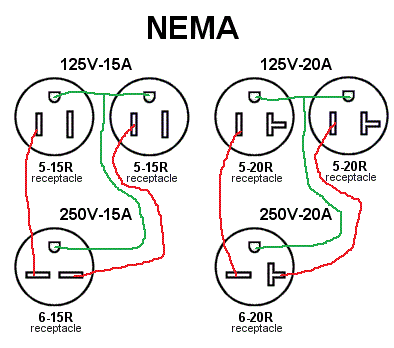l8nightcaffeine
Member
- Joined
- Aug 9, 2014
- Messages
- 7
- Reaction score
- 0
Maybe this is old news. But it surprised me when I came across it. I've been looking into E-brewing but living in apartments the only access to 220v would be to unplug the stove.
looking around a bit I found http://www.quick220.com/ which uses two out of phase outlets to create 220v - 240v. More importantly it is UL certified. I'm unclear on if it has GFI, but it has a breaker...that if is a standard breaker could be swapped out to allow for GFI. Unfortunately the price tag is a bit absurd..
I found these guys, that created their own with only 3 spdt relays.
http://www.myrav4ev.com/forum/viewtopic.php?f=9&t=1023&start=30
Skeptical that it was really that simple I followed the Nissan leaf link were someone found the patent http://www.google.com/patents/US5977658. The product only uses a single relay (which is really all that's required...but I liked the idea of some redundancy on the the page that i linked)
Additionally for our purposes we have ground/neutral/110/110 so a GFI breaker could also be hooked up.
So although none of the home-made stuff is actually UL certified (like sticking a water heater element in a pot)...In concept it is proven and deemed safe.
thought I would share this surprising find.
looking around a bit I found http://www.quick220.com/ which uses two out of phase outlets to create 220v - 240v. More importantly it is UL certified. I'm unclear on if it has GFI, but it has a breaker...that if is a standard breaker could be swapped out to allow for GFI. Unfortunately the price tag is a bit absurd..
I found these guys, that created their own with only 3 spdt relays.
http://www.myrav4ev.com/forum/viewtopic.php?f=9&t=1023&start=30
Skeptical that it was really that simple I followed the Nissan leaf link were someone found the patent http://www.google.com/patents/US5977658. The product only uses a single relay (which is really all that's required...but I liked the idea of some redundancy on the the page that i linked)
Additionally for our purposes we have ground/neutral/110/110 so a GFI breaker could also be hooked up.
So although none of the home-made stuff is actually UL certified (like sticking a water heater element in a pot)...In concept it is proven and deemed safe.
thought I would share this surprising find.


























































![Craft A Brew - Safale S-04 Dry Yeast - Fermentis - English Ale Dry Yeast - For English and American Ales and Hard Apple Ciders - Ingredients for Home Brewing - Beer Making Supplies - [1 Pack]](https://m.media-amazon.com/images/I/41fVGNh6JfL._SL500_.jpg)

